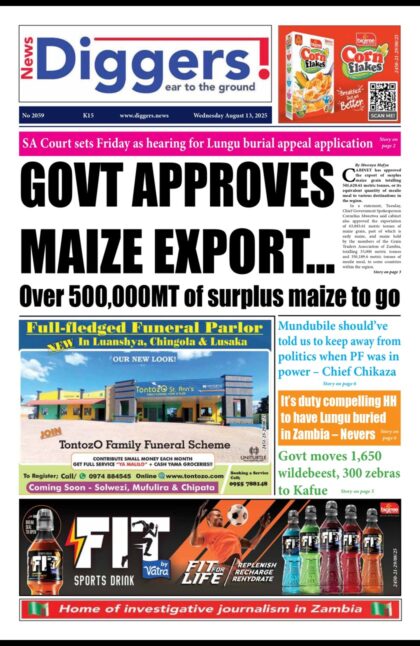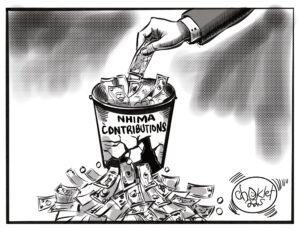Introduction
In the year 2023, Zambia saw an increase in the allocation of funds to the Constituency Development Fund (CDF), rising from ZMK 25.7 million per constituency in 2022 to an ZMK 28.3 million per constituency. Barely two years ago, CDF was pegged at ZMK 1.6 million per constituency. The substantial increase reveals the importance of CDF to the government. CDF can empower constituents to influence their own development agenda. However, there remain significant challenges in realizing the full potential of the CDF, including low capacity at the constituency level, deficient strategic planning, and centralized decision-making processes. One of the most pressing issues is the limited involvement of community members in CDF project implementation. In this article, we will delve into the factors that hinder community participation and propose strategies to enhance it.
The Significance of Community Participation
Community participation is indispensable for achieving equitable rural development. It necessitates active engagement from local communities and constituents not only in planning but also in decision-making processes, particularly those related to project selection and funding. In some cases, community involvement may be crucial even in project implementation to ensure that the CDF aligns with the community’s needs and priorities.
Challenges to Community Participation in the CDF in Zambia
1. Lack of Information: One of the foremost obstacles to community participation is the lack of adequate information about the CDF. Many community members are unfamiliar with its purpose and functioning. This lack of awareness hinders their ability to actively engage in the selection and management of projects.
2. Perception of Political Manipulation: Some communities view the CDF with skepticism, perceiving it as a political tool with no genuine potential for meaningful change. This perception has led many to disengage from project selection and participation, believing their involvement to be futile.
3. Ineffective Consultative Mechanisms: The CDF relies on Ward Development Committees and other local structures for consultation and project selection. However, these committees often face coordination challenges and require support to effectively engage with the community. Inadequate consultation processes can result in community disengagement.
4. Inaccessibility Due to Infrastructure: In remote and vast constituencies with poor road and communication networks, it becomes challenging for certain vulnerable groups, such as the elderly and people with disabilities, to attend meetings where CDF discussions occur. Their voices are often left unheard, hindering the inclusivity of the projects.
5. Political Interference: Preexisting political interests sometimes overshadow genuine community needs, diverting the focus from community-driven development. This interference can undermine the fundamental purpose of the CDF.
Enhancing Community Participation
1. Information Dissemination: The government must undertake proactive measures to improve the flow of information about the CDF, especially in areas with transportation challenges. Regular awareness programs should be conducted to demystify the CDF’s objectives and processes, empowering communities with knowledge.
2. Political Neutrality: To ensure the CDF remains untainted by political agendas, strict measures should be put in place to prevent political infiltration. Transparency in project selection and funding processes can foster trust among community members.
3. Inclusivity: Recognizing the difficulties faced by vulnerable groups in attending meetings, the CDF should make efforts to bring consultations closer to these communities. Use of local radio, mobile outreach programs or accessible meeting venues can help improve participation by all.
4. Empowering Ward Development Committees: To overcome coordination challenges faced by Ward Development Committees, training and capacity-building programs should be initiated to enhance their ability to engage with the community effectively.
5. Community Representation: It is imperative to ensure that the vulnerable, including the elderly and people with disabilities, are represented in CDF committee meetings. Their perspectives are invaluable in shaping projects that cater to their specific needs.
Conclusion
The Constituency Development Fund is a potent tool for empowering communities to drive their own development agendas. However, its effectiveness hinges on robust community participation and consultation. To address the challenges hindering community involvement, proactive steps must be taken to disseminate information, maintain political neutrality, improve inclusivity, empower Ward Development Committees, and ensure representation of vulnerable groups. Enhancing community participation can make CDF a strong vehicle for transformative change, reflecting the aspirations and priorities of the people it serves.
About the Author
Ibrahim Kamara is the Head of Research at the Centre for Trade Policy and Development. He holds a bachelor’s degree in Economics and Finance as well as a master’s degree in Public Finance and Taxation from the University of Lusaka.
























